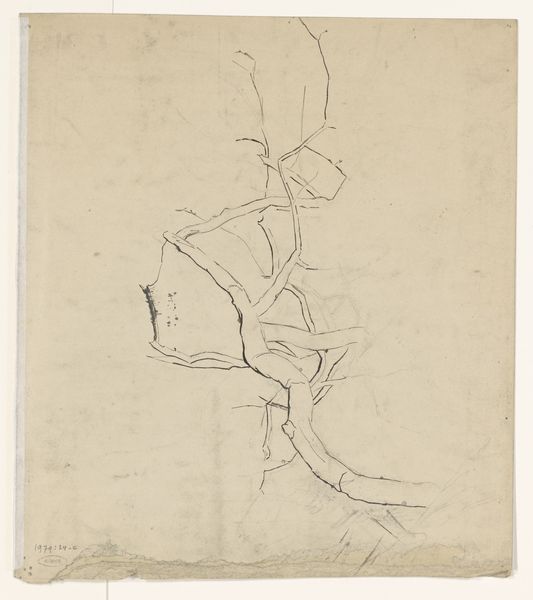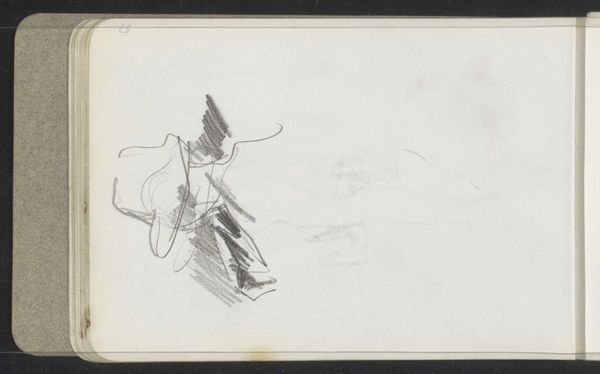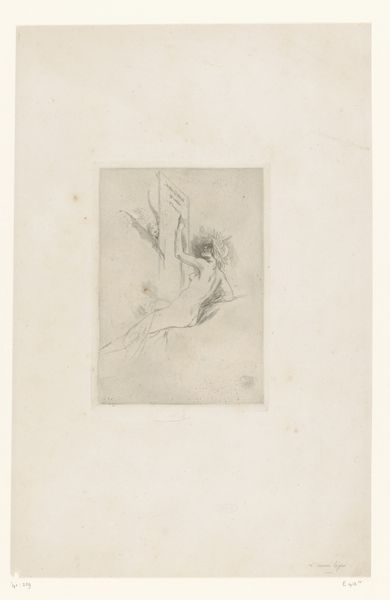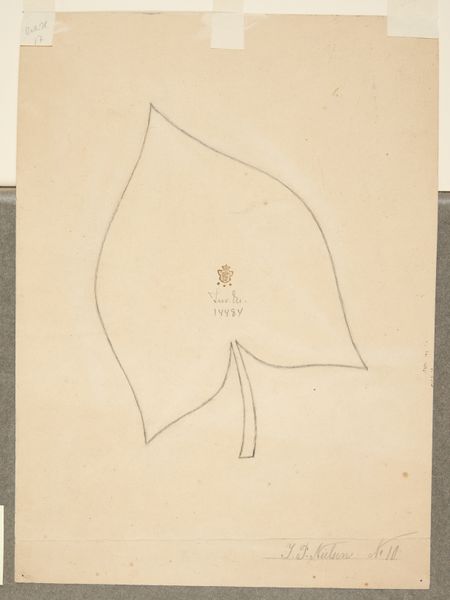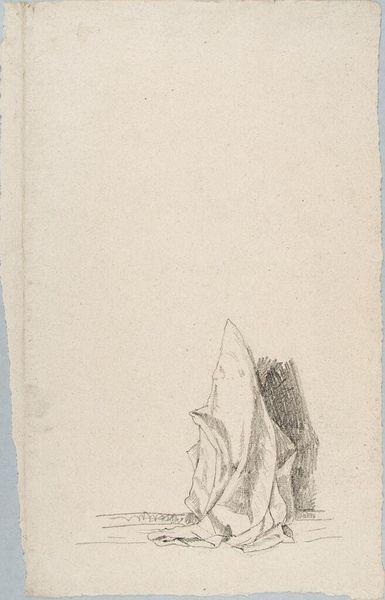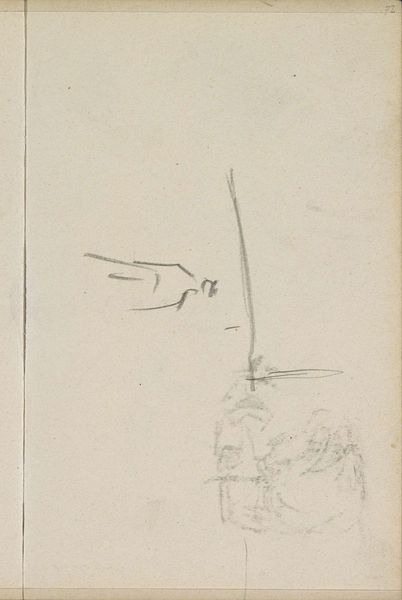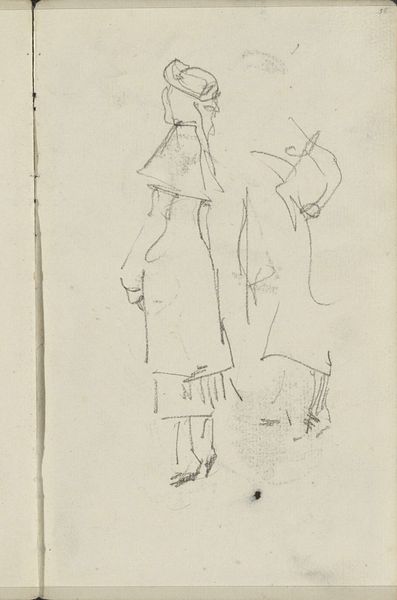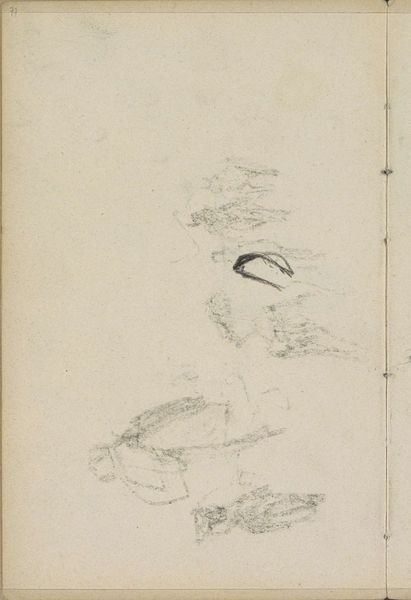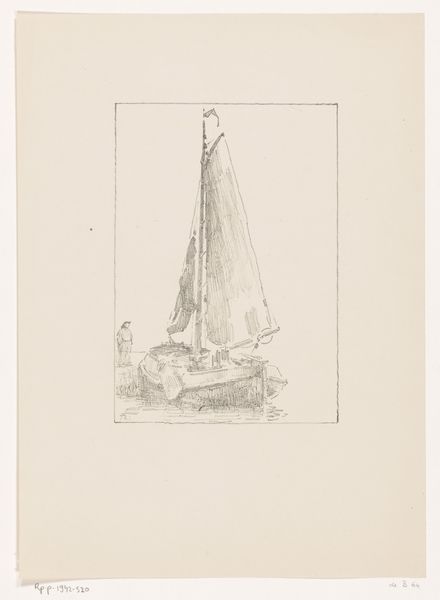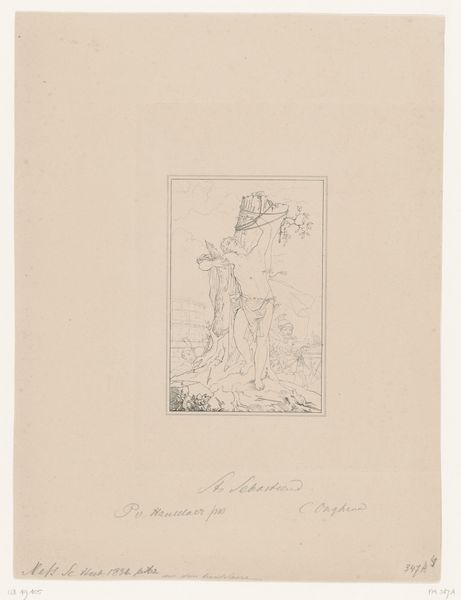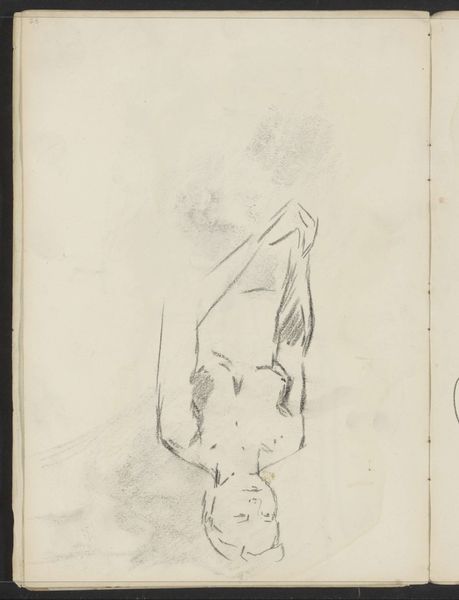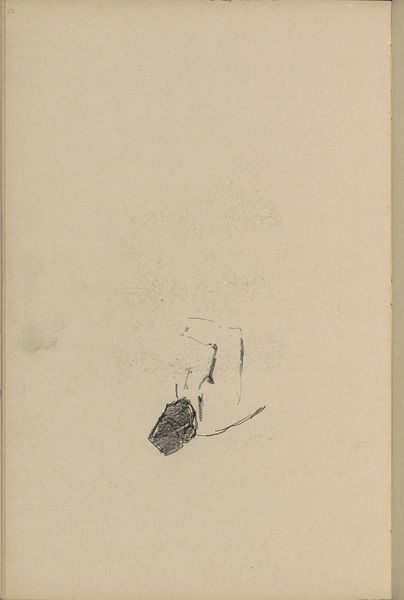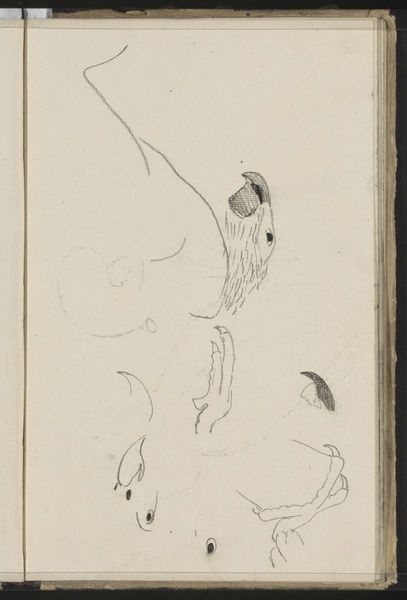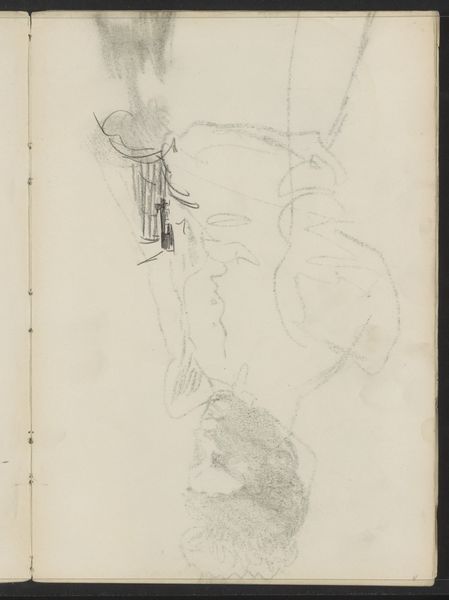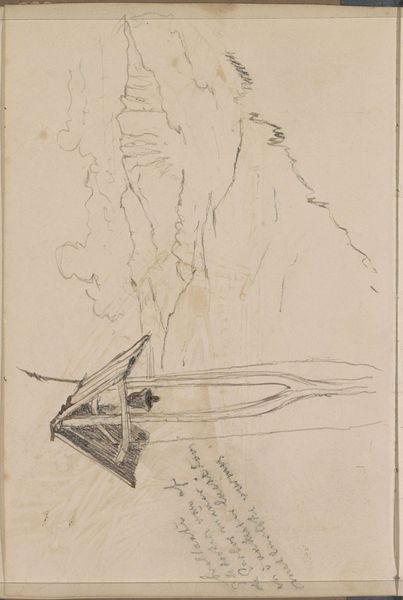
print, etching
#
portrait
# print
#
etching
#
etching
#
romanticism
#
history-painting
Dimensions: 210 mm (height) x 162 mm (width) (billedmaal)
Editor: Here we have Gerhard Ludvig Lahde's "En Amagerpige," an etching from 1804. It depicts a woman in traditional Amager garb. The piece feels unfinished, almost like a preliminary sketch. What's your perspective on it? Curator: This piece strikes me as less about the individual and more about the social construction of identity through material culture. We see evidence of craft and labor – the etched lines themselves, replicating lace, the buttoned bodice. How does the artist’s labor intersect with the woman’s own production of identity through her clothing? What's your view of Romanticism's use of everyday folk and their objects? Editor: That’s an interesting angle, thinking about the labor involved. It moves beyond just a pretty picture of a woman in a costume. I hadn't considered that connection to labor at all. Curator: Precisely. The 'unfinished' quality can also be interpreted as a reflection of the processes of cultural reproduction. This etching captures a moment of the ongoing production of Amager identity. It is not a timeless portrayal but a freeze frame on how culture is being made and remade. We have to examine this print not as an attempt at representation, but as part of the machinery by which culture reproduces itself. What can it tell us about class relations at the time it was made? Editor: That gives me a lot to think about, looking at the materials, the work that went into it, as social and cultural signals. Curator: Indeed, considering how material things like garments reflect systems of knowledge. How their very making communicates ideas about status, group affiliation, and ways of being. This work makes us focus less on what is represented and more on how material realities like this garment reflect societal structures of class and status. It is no simple “portrait.” Editor: Thanks for broadening my understanding of how art reflects on societal production and consumption. It adds another layer to seeing this piece. Curator: And I'm reminded to think about the lived experience of those portrayed in such images and how it intersects with their making.
Comments
No comments
Be the first to comment and join the conversation on the ultimate creative platform.
